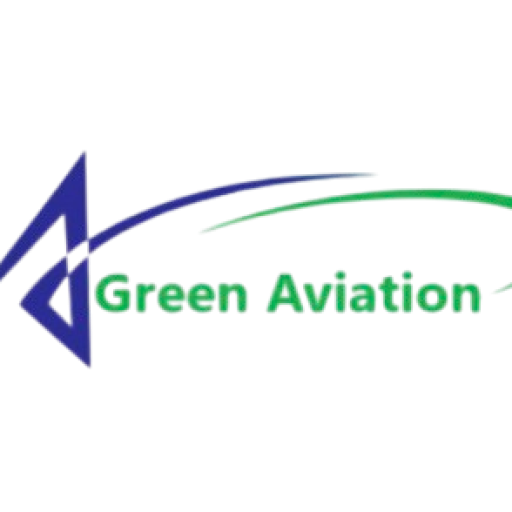Authors: Katrin Oesingmann, Wolfgang Grimme, Janina Scheelhaase
Publication Date: 25 April 2024
Category: Hydrogen Fuel Cells
Article Link: https://www.sciencedirect.com/science/article/pii/S0360319924010723
DOI: https://doi.org/10.1016/j.ijhydene.2024.03.241
Abstract (Official): Aviation contributes to anthropogenic climate change by emitting both carbon dioxide (CO2) and non-CO2 emissions through the combustion of fossil fuels. One approach to reduce the climate impact of aviation is the use of hydrogen as an alternative fuel. Two distinct technological options are presently under consideration for the implementation of hydrogen in aviation: hydrogen fuel cell architectures and the direct combustion of hydrogen. In this study, a hydrogen demand model is developed that considers anticipated advancements in liquid hydrogen aircraft technologies, forecasted aviation demand, and aircraft startup and retirement cycles. The analysis indicates that global demand for liquid hydrogen in aviation could potentially reach 17 million tons by 2050, leading to a 9% reduction in CO2 emissions from global aviation. Thus, the total potential of hydrogen in aviation extends beyond this, considering that the total market share of hydrogen aircraft on suitable routes in the model is projected to be only 27% in 2050 due to aircraft retirement cycles. Additionally, it is shown, that achieving the potential demand for hydrogen in aviation depends on specific market prices. With anticipated declines in current production costs, hydrogen fuel costs would need to reach about 70 EUR/MWh by 2050 to fulfill full demand in aviation, assuming biofuels provide the cheapest option for decarbonization alongside hydrogen. If e-fuels are the sole option for decarbonization alongside hydrogen, which is the more probable scenario, the entire hydrogen demand potential in aviation would be satisfied according to this study’s estimates at significantly higher hydrogen prices, approximately 180 EUR/MWh.
GAT Editor’s Comments:
– This article examines the potential of hydrogen in aviation using a hydrogen demand model to anticipate advancements in these technologies, forecasted aviation demand, and aircraft startup and retirement cycles.
– Global demand for liquid hydrogen in aviation in a net-zero CO2 emissions scenario will likely rise to 17 million tonnes (Mt) in 2050.
– Potential to reduce CO2 emissions by 9% by 2050, which is the same as reducing emissions by 145 Mt compared to the reduction of 36 Mt from transitioning from turbofan to turboprop aircraft.
– Full expected hydrogen costs, also accounting for infrastructure and aircrfat development, are projected ~125 EUR/MWh. Same as 4.16 EUR per kilogram of H2.
– Challenges of implementing hydrogen aircraft with higher ranges: (1) no global or national hydrogen market or hydrogen market price currently exists as hydrogen is not publicly traded, (2) very capital-intensive with the need for long-term investment decisions by airlines to purchase aircraft and build hydrogen infrastructure, and (3) clear, long-term policy frameworks and support measures should be agreed upon globally.


